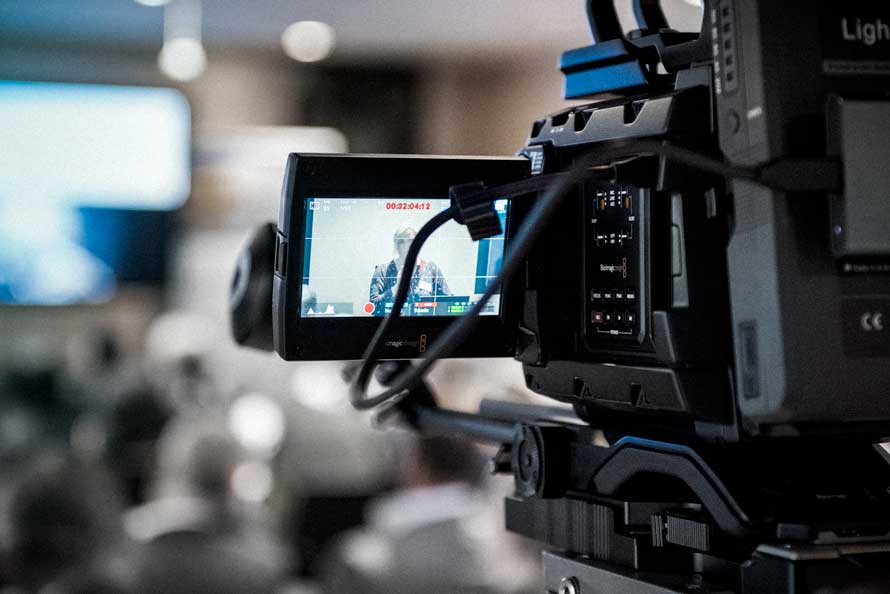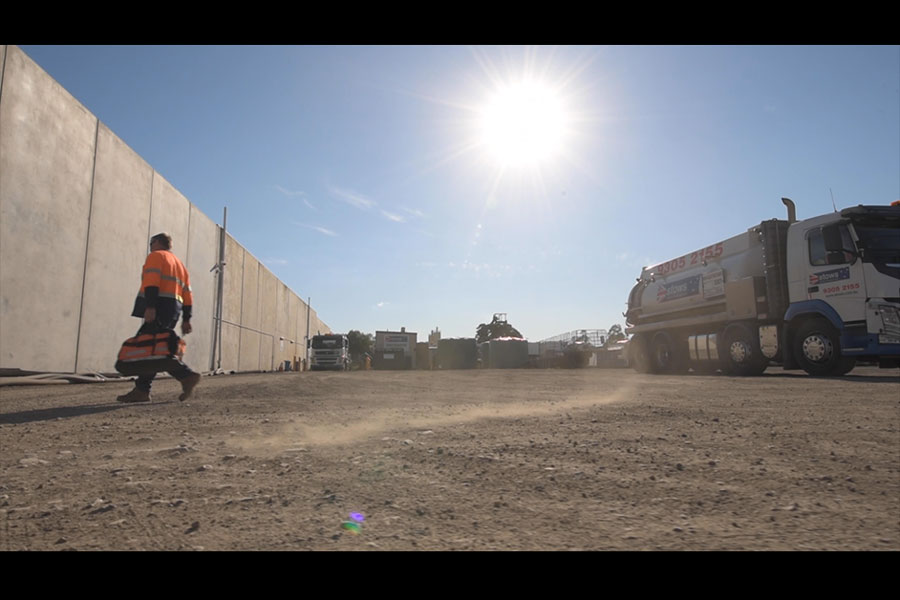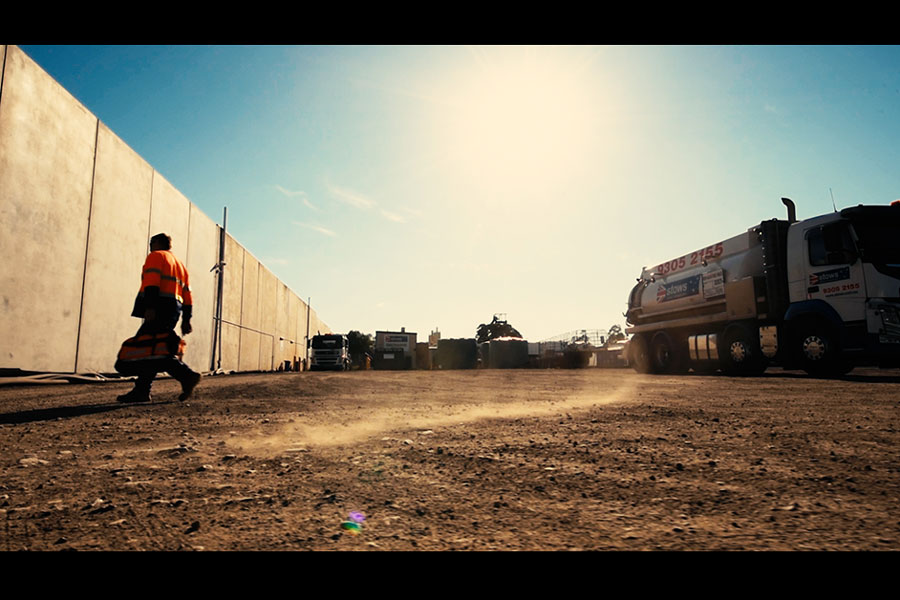We know that the production process can seem daunting, which is why we’re here to help. With over 40 years experience working with global and home-grown brands and corporates in Australia, New York and London in all aspects of end-to-end production, photography, PR and media, our team know how to create content that not only looks good but gets results.
From development, scripting, casting, production, filming, animation, to post production, we’re here to guide you through every step of the process. Want to know more? Here’s a basic breakdown of a simple production process.
Pre-production
All great projects start with a conversation, but that’s just the beginning.
Different types of video production require different kinds of planning but these are the basic steps.
Production
The production part of the process is the most fun. This is where all the planning and strategising that was plotted out in pre-production is put to the test.

Post-Production
It’s during the post-production process where the magic happens.
This is actually one of the most involved parts of the video production process. Post-production typically includes the following:
Colour Grading
Colour grading is the icing on the cake when it comes to video post-production. It adds the “wow” factor and turns the flat, raw image into cinematic awesomeness.
Before
This is how the image is captured by the camera. It is flat and unappealing but it gives us the highest dynamic range, the range of which a camera can successfully capture the lightest and darkest areas of an image without losing detail.


After
This is how it can look after colour grading. Colour grading is the enhancement of contrast, color, saturation, detail, black level, and white point. This can be used to imitate different film stocks or period looks.
